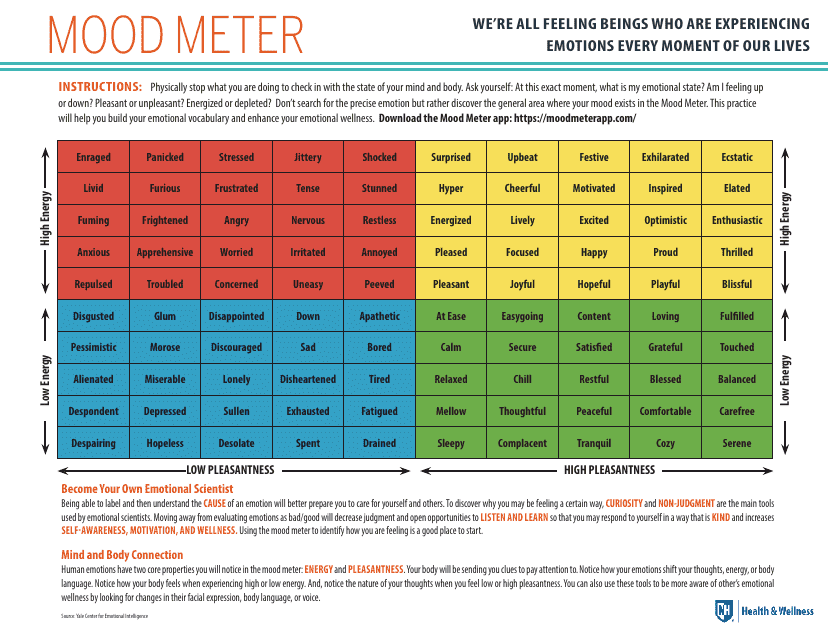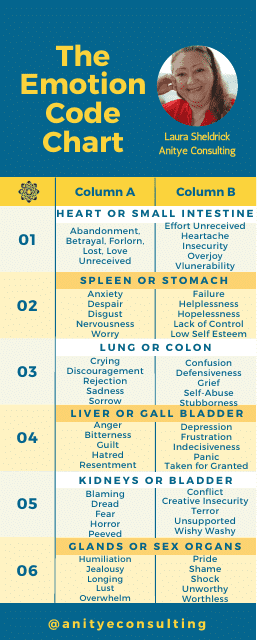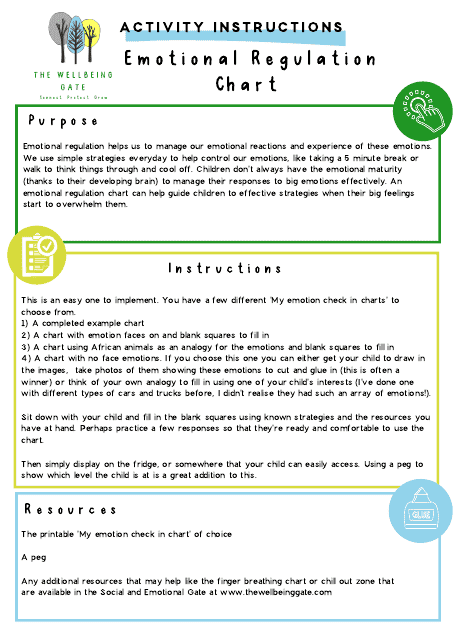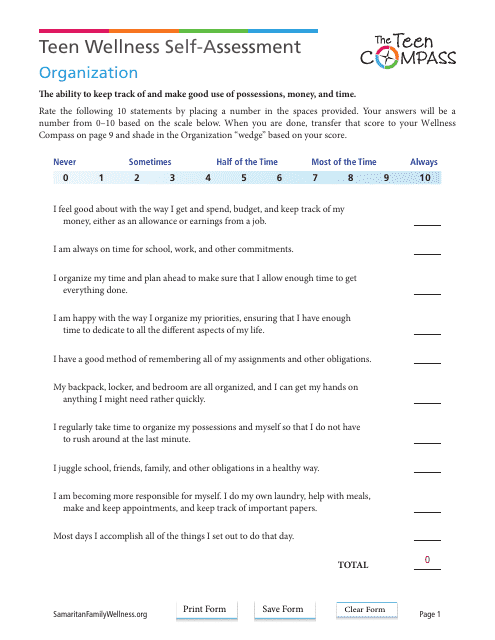Free Emotion Code Chart Templates
Emotion Code Chart: What Is It?
An Emotion Code Chart is an instrument mental health professionals show their patients with the intention to determine the psychological challenges imperceptible at first glance or during more traditional therapy.
Numerous practitioners use this method of healing when working with their patients - whether the person is dealing with constant anxiety and stress, trying to overcome long-term psychological trauma, or even suffering from physical manifestations of discomfort that do not allow them to live their life to the fullest, an Emotion Code will be the key technique when it comes to the successful release of trapped emotions and negative energy. The list of emotions can be studied so that the patient understands what is happening to them and how mental problems affect their physical condition - and many individuals choose to resolve their issues by interpreting the chart on their own.
You can see a full list of Emotion Code Chart templates by checking out our library below.
How to Use an Emotion Code Chart?
Here are some guidelines you may follow when implementing the Emotion Code Chart for therapy and healing:
- Examine the chart in front of you - it looks like an easy-to-read table that consists of six rows and three columns. The rows indicate the areas of the body affected by the psychological burden of the patient while the columns point out the emotions the person tries to cope with.
- Emotion Code Chart questions are straightforward - do not lead your patient to the answers either of you is expecting and do not try to overanalyze your own state of mind. Ask "does the emotion we are looking for belong to the first column?", "does the issue lie in row 1, 2, 3, etc", and narrow down the emotion you are looking for. After that, you can explore the matter further - for example, discover how old you or your patient was when the problem appeared and who or what circumstances contributed to it.
- Offer the patient to use their subconscious mind in order to find answers to questions that bother them. Whether they are concerned about their physical condition or emotional estate, there are several methods to figure out what caused the negative feeling. Various muscle testing techniques will help you to test the mind - for instance, an elbow test (check the pulse of the person with your fingers or offer them to apply pressure to their own forearm and see how the body reacts to it).
- Advise the patient or remember to focus on internal thoughts and feelings instead of physical pain. The purpose of the Emotion Code Chart is to provide the individual with tools that will let them reach their goal via the energy release so concentrating on mundane sensations that come and go will be useless. Make sure the person that undergoes an Emotion Code session has enough time to process the findings of the therapy - this emotional treatment is only effective when the individual is not experiencing fatigue, dehydration, or other issues.
Haven't found the template you're looking for? Take a look at the related templates below:
Documents:
6
This document is a tool that helps individuals track and understand their emotions. It allows users to visually represent and self-assess their mood using a color-coded system. This can be useful for promoting self-awareness and managing emotions.
This document contains an emotion code chart that can be used to identify and release trapped emotions in the body.
This document provides an emotional regulation chart to help individuals identify and manage their emotions effectively. It is a tool that can be used to track and understand different emotions and their intensity levels.
This type of document helps you track and keep a record of your daily moods throughout the month. It allows you to monitor your emotional well-being and identify any patterns or trends in your mood.
This document provides a chart with various emojis representing different feelings or emotions. It can be used as a reference guide to understand the meaning behind different emojis.





